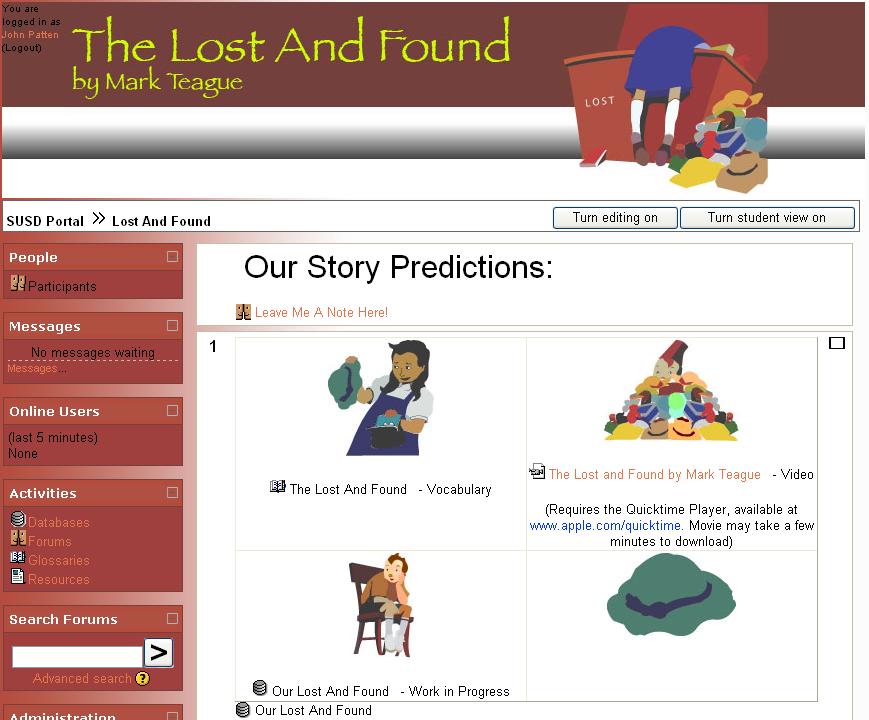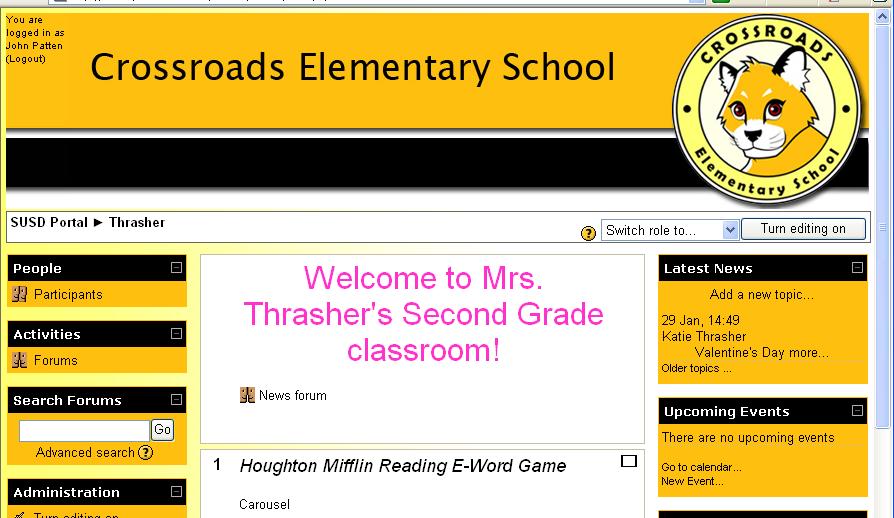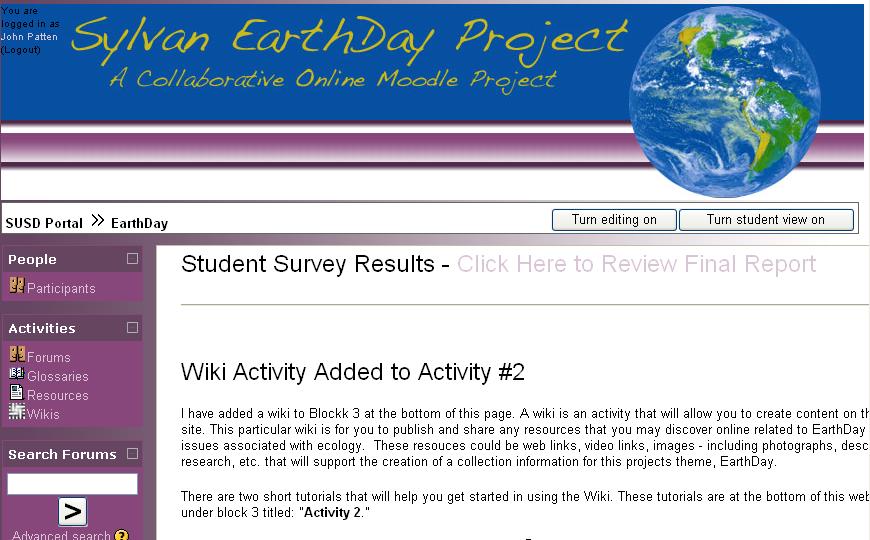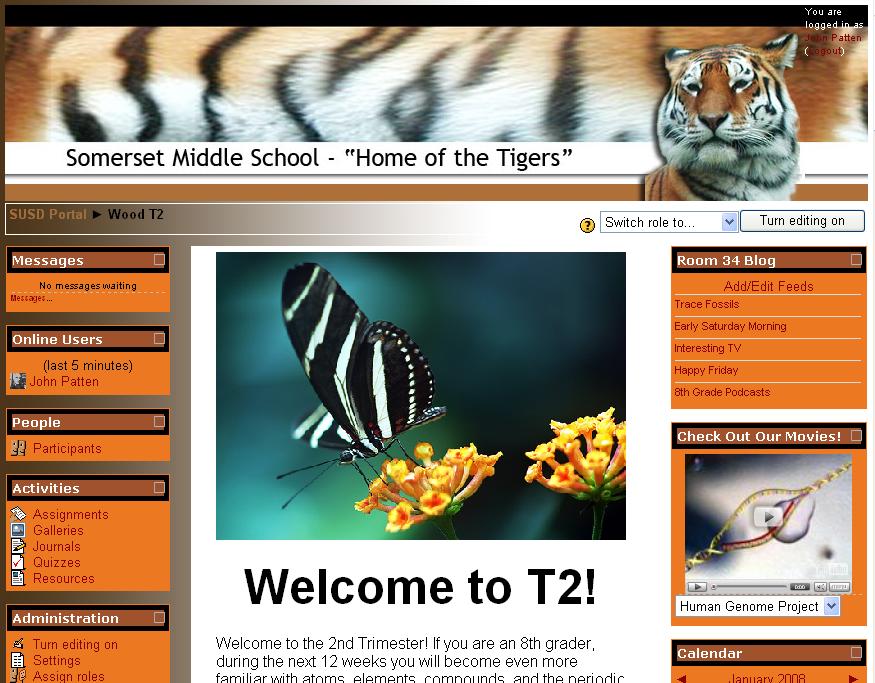Issues we've had to address:
1. Email accounts are required in Moodle and for those kids in lower grade levels (who might not have an email account) that can be an issue. We get around that by having them fake the email account, but I wish there was a better way

2. The profile auto-defaults to "auto-subscribe" for forum posts. We try to catch all of our students before they do this so that they turn it off, but inevitably some get through and then get "lots" of email from forum discussions. Similarly, we found that turning on the Show unread posts by default really helps students to better track what forums they haven't read yet. (but that settings is defaulted to off - I wish we could change the default to the opposite for both of those settings.)
I'm not sure what other "defaults" you might be looking for but here are a couple of other observations:
1. Depending on the size/range of students being taught, we normally restrict the blogging feature such that only students that share a course can see other people's
blog post - this lets us have everyone in a K-12 community using 1 Moodle install while preventing the 9-12 group from interacting unsupervised with the younger kids.
We find our teachers using the following modules/
activities most frequently with students:
1. Resources (for both links and text) especially in making it easier for students to access websites without typing in the
URL (which can be problematic for some if it is very long).
2. Assignments (especially the text for short answers to tasks and or reading assignments and also the
upload file ability for more project type activities)
3. Forums - heavily used and the funnest to watch to see the kids interact and "get" things as they discuss them.
4. Book module - great for creating a webquest-type activity structure for kids to engage in with a wiki and a forum activity with it to allow groups to work together on the task part of what they are supposed to do (this would be for 5-12th mainly).
Here is also a good link to some suggestions for Moodle use for K-12 teachers (see the Good Practices and the Teaching Do's link)
http://docs.moodle.org/en/Teaching_do%27s_and_don%27tsNot sure if this is what you were looking for, but it's my attempt to help any way - sounds like a cool project!










